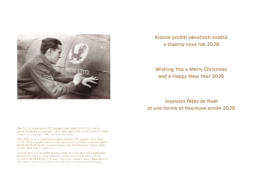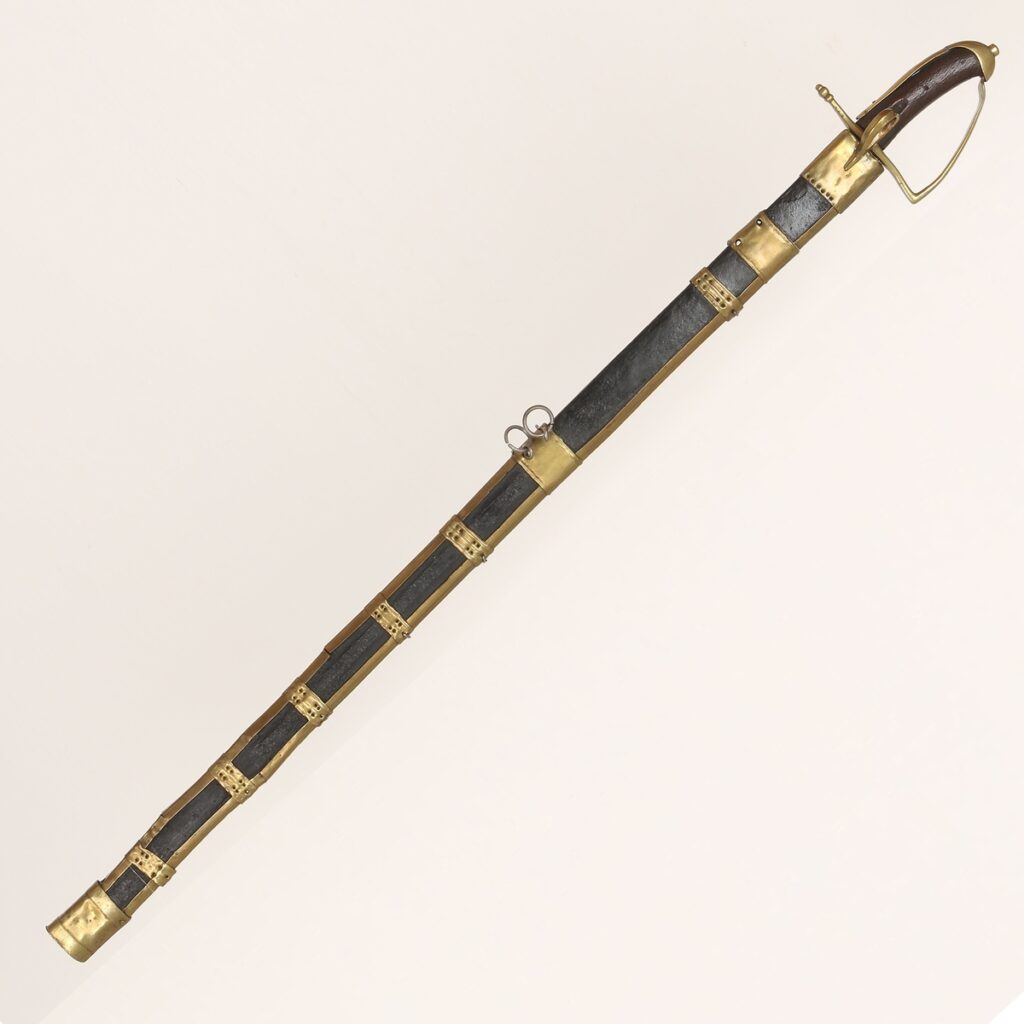
02 Austrian Cuirassier Broadsword 1705 Model
Fotogalerie
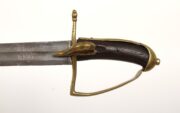

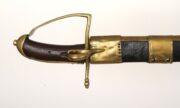




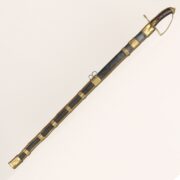
During the 17th century, the broadsword gradually took over the function of a cavalry sword. It was designed as a combination of a straight western-style sword blade with a forward curved sabre hilt. This combination made it possible to use the broadsword to cut and thrust and at the same time, thanks to the shape of the hilt, to deliver a more accurate and forceful blow. The new weapon was lighter than the original Western European sword and heavier than the Eastern sabre. The blade was initially sharpened on both sides, but in later typified military models, it was only sharpened on one side.
In European armies as a model weapon, the broadsword was first included in the armaments of the heavy cavalry of the Habsburg Monarchy. A regulation of 1705 (some sources mention it as early as 1700) introduced a broadsword with a hilt fitted with a simple strip knuckle-guard, a cross-guard and a thumb loop on the inside of the hilt. It could be made of steel or brass and the material varied from regiment to regiment. The broad, single-edged blade was engraved with a horseman on horseback and a celebratory inscription (most commonly VIVAT CAROLUS VI or VIVAT ERZHERZOG JOSEPH).
The wars that the Habsburg army fought in the first quarter of the 18th century showed that the use of a simple sabre-type hilt on heavy cavalry broadswords was insufficient to protect the hand.
The hilt of the broadsword, which was introduced by a regulation of 1716, was therefore completed on the outside with a side-arm and a broad counter-guard. As with the previous 1705 model, the material of the new model could be brass or steel. In the following period, several variants were produced, differing in particular in the shape and decoration of the counter-guard, and until the introduction of a new type of broadsword in 1769, the hilts of all these weapons were made exclusively of brass.
Length 1 007 mm, blade length 871 mm, blade width 36 mm, weight 868 g, weight including sheath 1 412 g.
Aktuálně
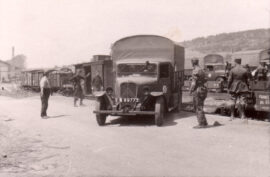
Oceňovaní spojenci - Pozemní útvary československé branné moci v bitvě o Francii očima francouzského velení

Vánoce a přelom roku v zahraniční misi na Slovensku v roce 2022

Prosinec 1944 – oficiální vydání prvních poštovních známek osvobozeného Československa


